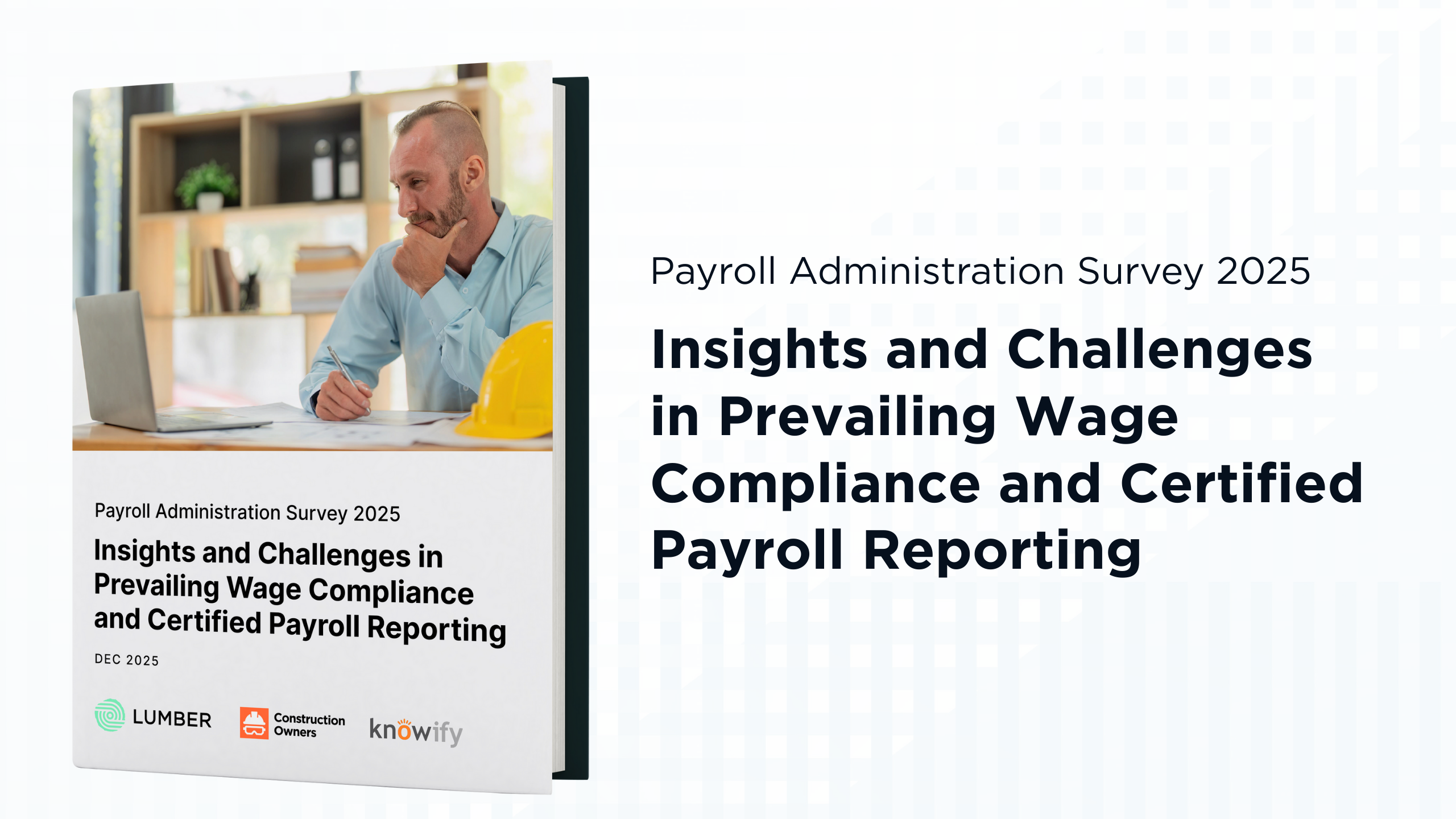
As we continue our exploration of prevailing wage laws, it's time to move beyond the history and definitions and dive into the practical realities of compliance. For contractors, project owners, and workers alike, understanding what’s required and where mistakes most often occur is essential to staying on the right side of the law, protecting your reputation, and keeping projects running smoothly.
The Compliance Puzzle: Understanding What’s Required
Prevailing wage compliance is much more than simply paying the correct hourly rate. It’s a comprehensive process involving:
- Accurate Worker Classification: Each employee must be given the correct job title or craft classification, based on the actual work performed - not just a payroll label. Misclassifying a worker, even by accident, can lead to underpayments and serious penalties.
- Paying the Correct Wages and Fringe Benefits: Contractors are required to pay at least the prevailing hourly wage and any mandated fringe benefits (such as health insurance, pension contributions, vacation pay, etc.) for every hour worked on a public project.
- Timely and Complete Certified Payroll Reporting: On most projects, contractors must submit weekly certified payroll reports, detailed documents showing each worker's name, classification, hours worked, pay rate, and gross wages. These reports certify that all applicable labor laws have been followed.
- Vigilant Recordkeeping: Supporting documentation (like timesheets, proof of fringe benefit payments, apprenticeship records, and check stubs) must be kept organized and available for agency review, often for at least three years after a project ends.
Common Challenges and Pitfalls

Even for experienced firms, compliance can be complex. Here’s where contractors and subs most often go astray:
- Misclassification of Workers: Assigning the wrong classification, intentionally or not, can result in back wages being owed, plus penalties. Some trades have overlapping duties, so double-check project scopes and classification definitions.
- Improper Fringe Benefit Calculations: Fringe benefits can be paid either in cash or through qualified benefit plans. Failing to calculate or document these payments correctly leads to underpayments or audit issues.
- Incomplete or Late Certified Payrolls: Missing, late, or inaccurate reports are among the top compliance problems. Many agencies will withhold project payments or even assess fines until the paperwork is corrected.
- Ignoring “Travel” and “Subsistence” Requirements: Some determinations require additional pay for travel time, living expenses, or special project conditions. Overlooking these can result in major liability.
- Lack of Subcontractor Oversight
Prime contractors are generally responsible for ensuring their subs are compliant too. Failing to monitor and review sub payrolls is a big risk.
Enforcement: What Happens When You Fall Short?
Regulatory agencies (federal, state, and local) have robust enforcement powers, including:
- Audits and Site Inspections: Agencies can request documents, inspect work sites, and interview workers at any time.
- Back Wage Orders and Penalties: If violations are found, contractors can be ordered to pay back wages and may face additional monetary penalties or even disbarment from future public contracts.
- Public Disclosure: Many violations are published online, affecting your reputation and future bidding opportunities.
Embracing Technology for Compliance
Given the complexity, many contractors now rely on modern compliance software, payroll platforms connected to prevailing wage databases, and even AI-assisted tools for real-time monitoring, reporting, and document management. These solutions help reduce manual errors, flag potential issues early, and streamline compliance across large teams and multi-trade projects.
Takeaway
Prevailing wage compliance is foundational to fair public construction, but it comes with serious responsibilities. With careful attention to classification, wages, documentation, and reporting and by leveraging the right technological tools, contractors can avoid costly pitfalls and ensure everyone is playing by the same rules.
Next up in the series: how cutting-edge digital tools and AI are transforming not just compliance, but the very process of wage determination and enforcement, making public projects more transparent, fair, and efficient for everyone involved.







.webp)
